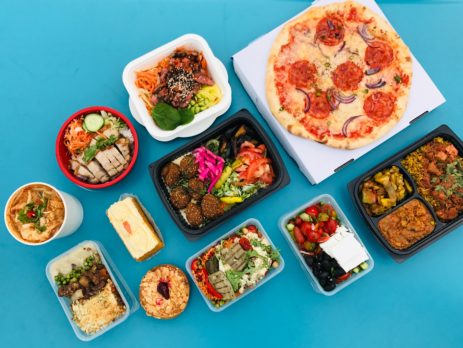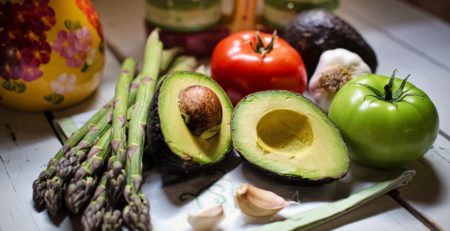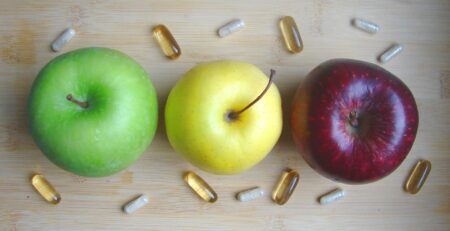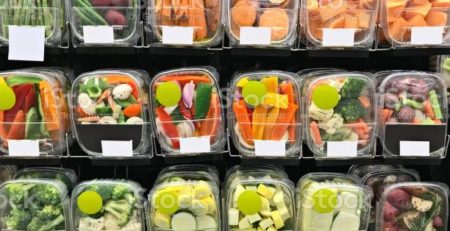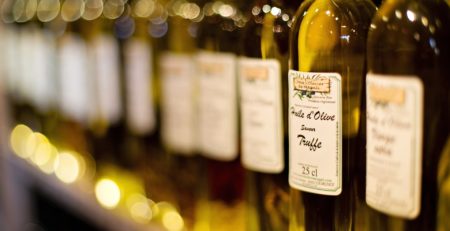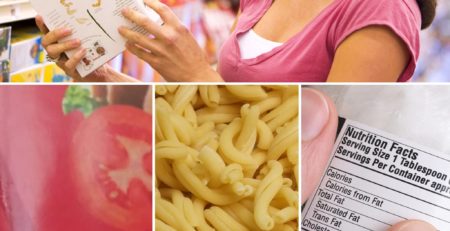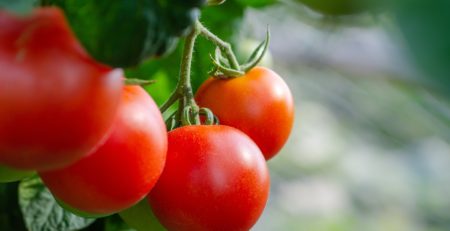Food Contact Materials: how active and intelligent packaging can improve food shelf life and reduce food waste
The Food Contact Materials sector (FCM) is particularly suited to technological innovation. The so-called “active” and “intelligent” packaging allows interesting applications in food packaging that promote a substantial increase in the commercial life of packaged food.
Regulation (EC) 450/2009 defines specific rules for active and intelligent materials and objects in addition to the general rules of Regulation (EC) No. 1935/2004 to ensure their safe use.
According to the law: “active materials and articles are materials and articles intended to prolong shelf-life or maintain or improve the condition of packaged food. They are designed to deliberately incorporate components that release substances into the packaged food or its environment, or absorb them from them” while “intelligent materials and articles means materials and articles that control the condition of the packaged food or its environment”
Recent studies on high humidity bakery products, such as pre-cooked pizza bases, Buns, bread boxes, etc., they have shown that the use of active packaging such as oxygen absorbers (scavengers) inhibits the development of airborne microflora and reduces fat oxidation, avoiding rancidity.
For packaging can also be used plastic films encapsulated with substances with antimicrobial action, able to be released gradually without altering the organoleptic and sensory characteristics of the product. One of the most commonly used encapsulated substances is ethanol, which slows down or blocks the proliferation of mold, allowing the shelf life to be significantly longer than traditional packaging.
In the table grape sector, the use of an active packaging consisting of PET coated with two-dimensional ionic lamellar nano-materials (Layered Double Hydroxides – LDH) capable of binding to a compostby antimicrobial action. Nanocoating is responsible for improving the shelf life of packaged grapes, promoting a significant reduction of fungi (yeasts and moulds), the main causes of its alteration.
In the sausage sector, however, packaging with specific plastic films, capable of releasing a combination of green tea extract and essential oil of oregano, is able to improve the shelf-life of cooked ham in slices, as, under the same conditions, the total charge of altering lactic acid bacteria results in two lower logarithmic cycles, compared to the same product packaged with conventional packaging.
Active packagings such as indicators and/or sensors, which communicate the presence or absence of a substance, are sensitive to reactions between different substances or to changes in the concentration of a particular substance.
In the fisheries sector, a sensor has been developed that changes its color when the packaged fish product loses its freshness requirements, and consequently its suitability for consumption. The color variation of the indicator depends on the acidity values (pH) that tend to change as a function of the proliferation of bacteria, including Enterobacteriaceae and other altering agents, and the consequent production of malodorous substances (amines) and the mending of muscle tissue caused by the proteolytic action of bacterial decarboxylases.
For fruit and vegetables, a sensor has been developed that reacts with the aromas emitted by the ripening fruit, communicating to the consumer the organoleptic characteristics that must be expected. The sensor, in fact, at the beginning of the commercial life of the product turns red, indicating that the fruit is crunchy, but as the days pass, and with them also varies the degree of maturation, then becomes orange (indicating a firm consistency) and finally to yellow, which communicates the completion of the process, and therefore the juiciness of the fruit.
Active and intelligent packaging is a key solution for improving the shelf life of a wide range of food products and for reducing food waste.

